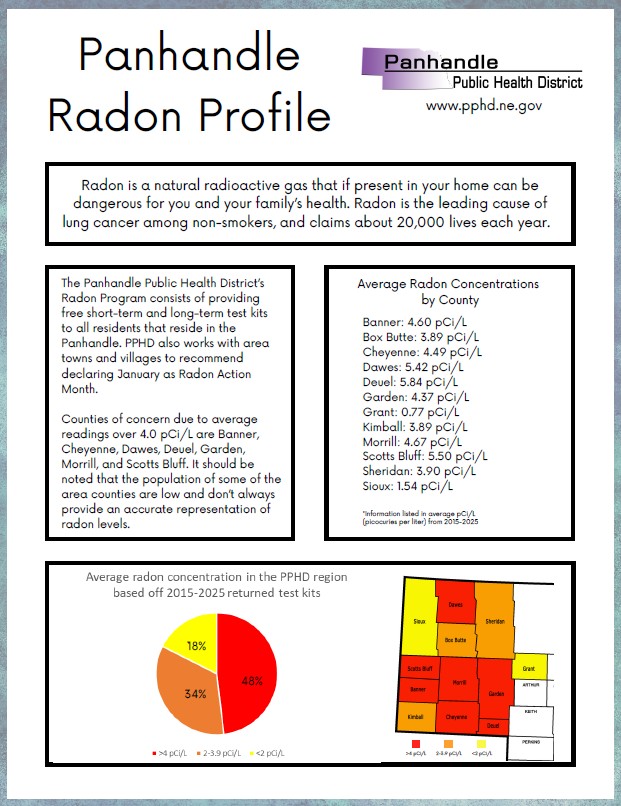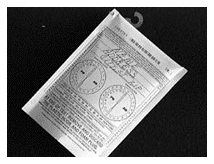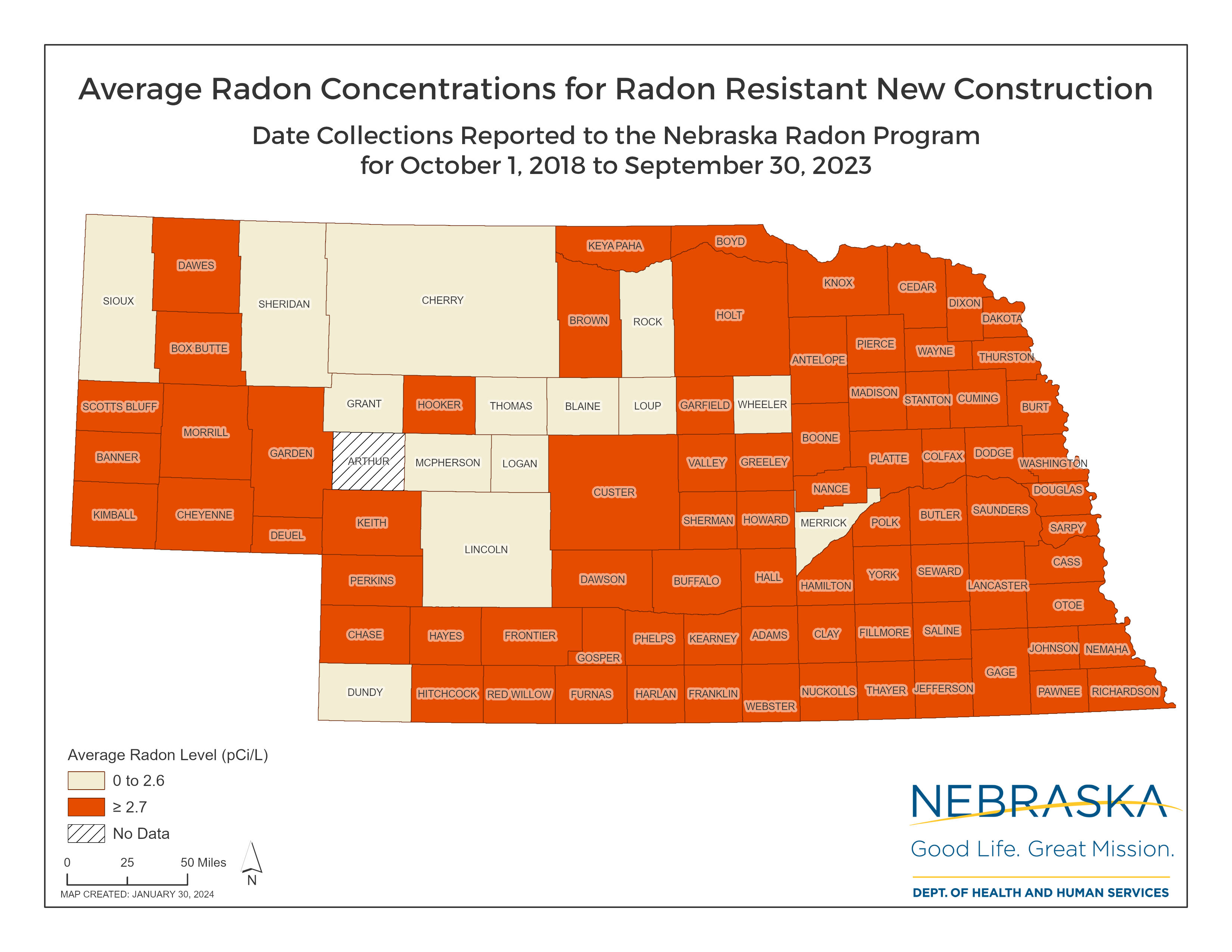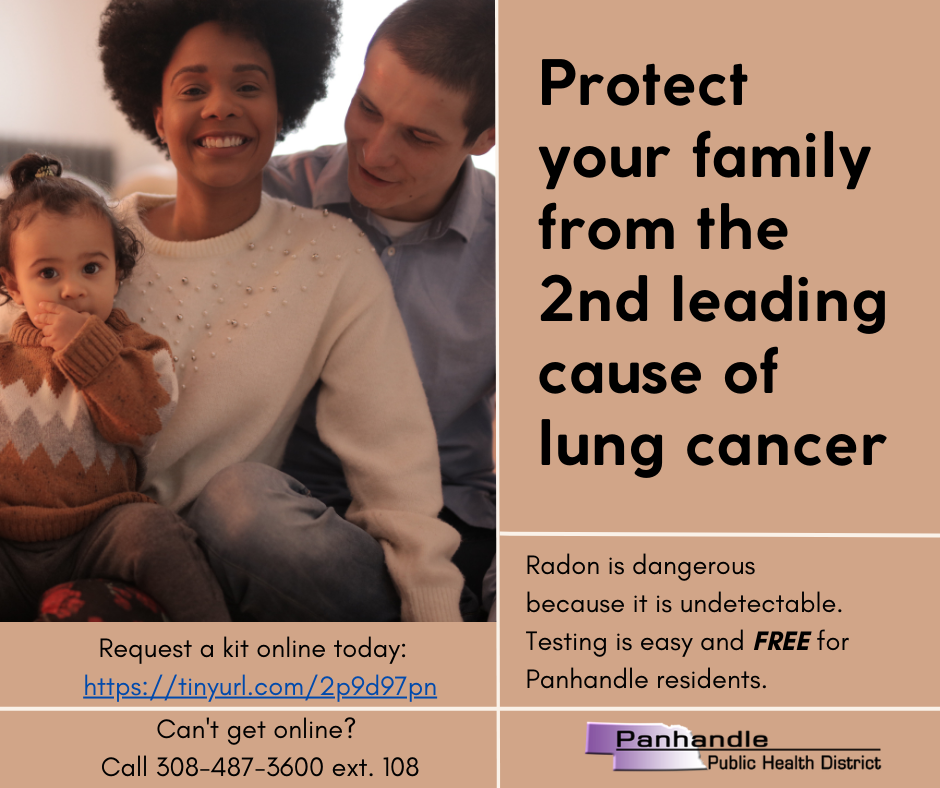How healthy is your home? Test your home for Radon.
What is Radon?
Radon is an invisible, radioactive gas that occurs naturally in soil. It is the second leading cause of lung cancer, causing thousands of deaths a year. When breathed in, radon releases radioactive particles that damage lung tissue. Millions of home across the country have elevated levels.
You cannot see, smell or taste radon. The only way to know if your home is affected is to test. The U.S. Environmental Protection Agency and the Surgeon General recommend that you test your home for radon. If elevated levels are confirmed, the problem can and should be corrected. Radon is a serious health problem, but you can do something about it.
How Does Radon Get Into Your Home?
Since radon is a radioactive gas, it comes from the natural decay of uranium that is found in nearly all soils. It typically moves up through the ground to the air above and into your home through cracks and other holes in the foundation. Your home trapsradon inside, where it can build up. Any home may have a radon problem. This means new and old homes, well-sealed and drafty homes, and homes with or without basements.
Radon from soil gas is the main case of the radon problems. Sometimes radon enters the home through well water. In a small number of homes, the building materials can give off radon, too. However, building materials rarely cause radon problems by themselves.
Nearly 1 out of every 15 homes in the U.S. is estimated to have elevated radon levels. It is estimated that nearly 50% of the homes in the panhandle have elevated radon levels.
What is the Risk of Living with Radon?
Radon gas decays into radioactive particles that can get trapped in yourlungs when you breathe. As they break down further, these particles release small bursts of energy. This can damage lung tissue and lead to lung cancer over the course of your lifetime. Not everyone exposed to elevated levels of radon will develop lung cancer. And the amount of time between exposure and the onset of the disease may be many years.
Like other environmental pollutants, there is some uncertainty about the magnitude of radon health risks. However, we know more about radon risks than risks from most other cancer-causing substances. This is because estimates of radon risks are based on studies of cancer in humans (underground miners).
Smoking combined with radon is an especially serious health risk. Stop smoking and lower your radon level to reduce your lung cancer risk.
Children have been reported to have greater risk than adults of certain types of cancer from radiation, but there are currently no conclusive data on whether children are at greater risk than adults from radon.
How Do I Test My Home For Radon?
You can't see radon, but it's not hard to find out if you have a radon problem in your home. All you need to do is test for radon. Testing is easy and should only take a few minutes of your time. PPHD provides free radon test kits for homes in our district. Click here to request your kit today.
There are two general ways to test for radon:
Short-term Testing: This is the quickest way to test. Short-terms tests remain in your home for two to seven days,  depending on the device. Because radon levels tend to vary from day to day and season to season, a short-term test is less likely than a long-term test to tell you your year-round average radon level. These tests are available at Panhandle Public Health District and are made available to you free of charge. A test kit can be sent to you by calling (308)487-3600 or (866)701-7173.
depending on the device. Because radon levels tend to vary from day to day and season to season, a short-term test is less likely than a long-term test to tell you your year-round average radon level. These tests are available at Panhandle Public Health District and are made available to you free of charge. A test kit can be sent to you by calling (308)487-3600 or (866)701-7173.
Long-Term Testing: Long-term tests remain in your home for more than 90 days. A long-term test will give you a reading that is more likely to tell you your home's year-round average radon level than a short-term test.
Mitigation:
There are several methods to reduce radon in the home, but the primary method is to install a vent pipe system with a fan that pulls radon from beneath the house and vents it to the outside. There are also some cost saving ways to try to reduce radon in the home:
- Open air registers: Close basement door to help contain the air pressure to the lower level of the home.
- Ensure that your return air ducts are completely sealed: Inspect your return air ducts and seal any openings you find with metal duct tape or mastic. This will help the HVAC system work more effectively and improve your indoor air quality.
- Fill any cracks and openings in your basement floor: Check sawn joints and where the floor and wall meet, where cracks can develop. Fill any openings you find with a cement-based crack filler.
- Fill any openings through the first floor: Find spots where there is space around plumbing pipes and electric lines that come through the floor. Fill any openings you find with caulking or spray foam sealant.
- If you have a sump pit, take steps to make it air tight: Use a semi-permanent silicone caulk to seal the sump pit lid to the pit itself and seal a piece of clear plastic over the slot that extends from the center to the edge. Seal any space between the pit and the concrete floor with a concrete crack filler.
If you still have actionable levels of radon in your home, contact a licensed radon mitigator to help you determine the right system for your home.
Kevin Griess
Professional Inspection Services
Scottsbluff, NE 69363
308-631-3388
kevin@proinspectservices.com

